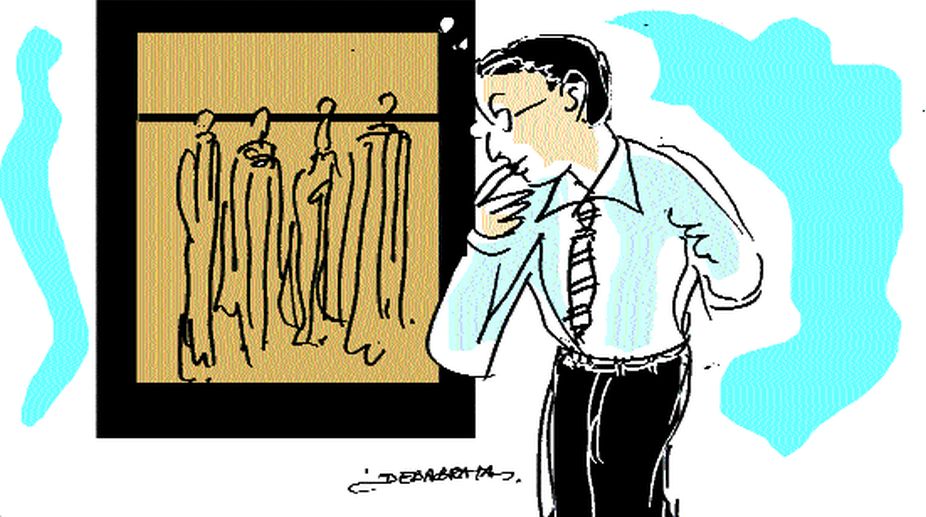Woman priest performs puja at Girls’ School
Saraswati Puja in schools is not new, but Garfa Dhirendranath Memorial Higher Secondary Girls' High School celebrated the puja in a different tone.

My parents were educators in India; they were far from affluent. I never went without clothes, but I did not have fancy clothes. I could see what some of my classmates in school were wearing. I wanted to wear starchy white shirts and spotless white trousers. I also wanted colourful shirts, stylish dark trousers and shoes with shiny straps. I did not have them.
I was lucky to get a lucrative job when I came out of the university. I could not believe the amount of money I made at the end of each month. I could buy all the clothes I wanted and I did. I filled my wardrobe with all kinds of clothes that had caught my fancy.
It was at that time that I met Dev, an instrument engineer who also worked for the same company. He was only a few years older than me, but appeared, more for his demeanor than for his looks, much older. He was a quiet person, who spoke selectively, apparently on occasions that aroused him for some reason, and on those occasions, he was precise and forthright.
Advertisement
Dev drew my attention in a meeting, where he was the last to speak but immediately got everybody to agree to a solution he proposed. He drew my attention later for a reason of another sort: he always wore white at work, and at other times invariably wore black, without exception. I asked him about this when I came to know him better.
“I realized some time back,” he said, “that I could not pay attention to the few things I cared for – music, my health, watching and photographing birds, reading and understanding modern history – unless I withheld attention from dozens of other things in my life. I try to live simply, eat simply and dress simply. It was a part of the last that I chose to simplify my choice of clothes by selecting just two colors, black and white. I like these colors, but I also greatly like how simply I can now choose my clothes.”
I was tempted to ask if it wouldn’t be simpler to widen the range of colors and buy from a wider selection of clothes, but I held my breath. As the days passed, my instinctive opposition, even a little of resentment, slowly dissolved, and I began to ponder over his essential point that, to focus on what one considers important, one may have to place a couple of other things on a back burner. Frank Lloyd Wright, in explaining his architecture, spoke of simplicity as the true measure of art. Dev helped me see it as the true measure of life too.
I could never go back to my earlier interest in adding to my wardrobe.
The writer is a Washington-based international development advisor and had worked with the World Bank. He can be reached at mnandy@gmail.com
Advertisement